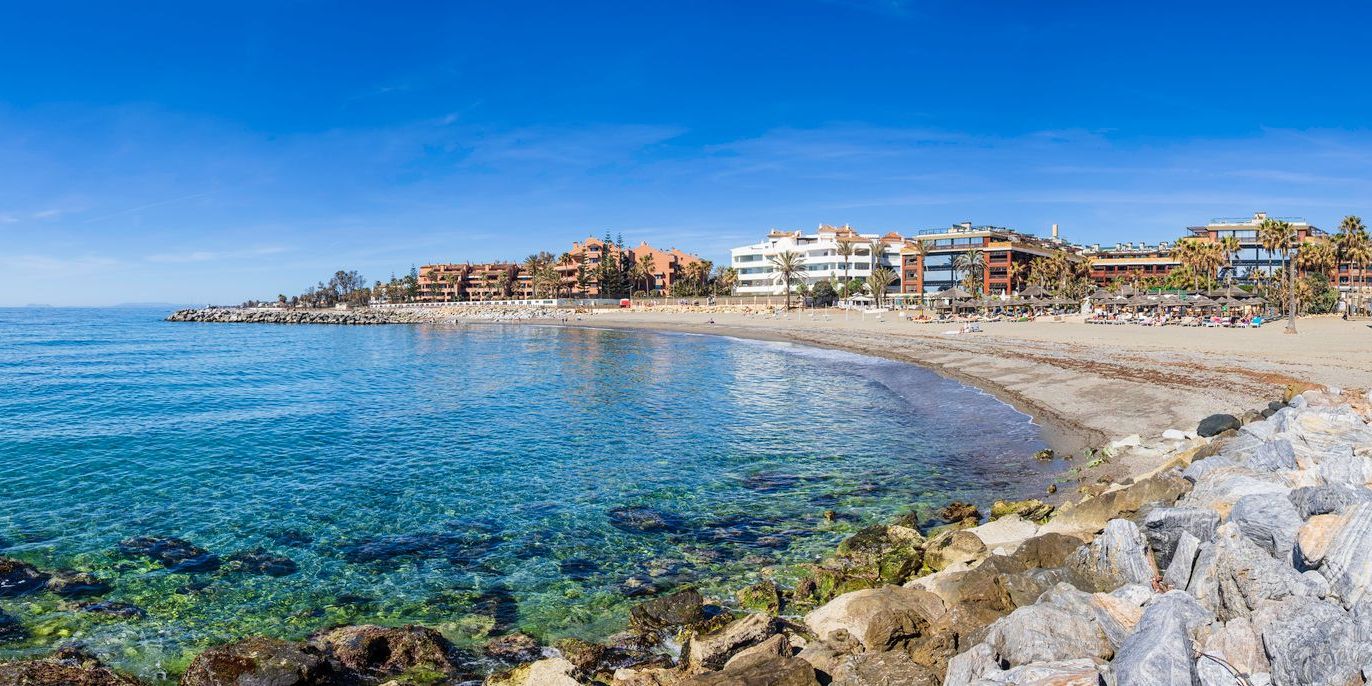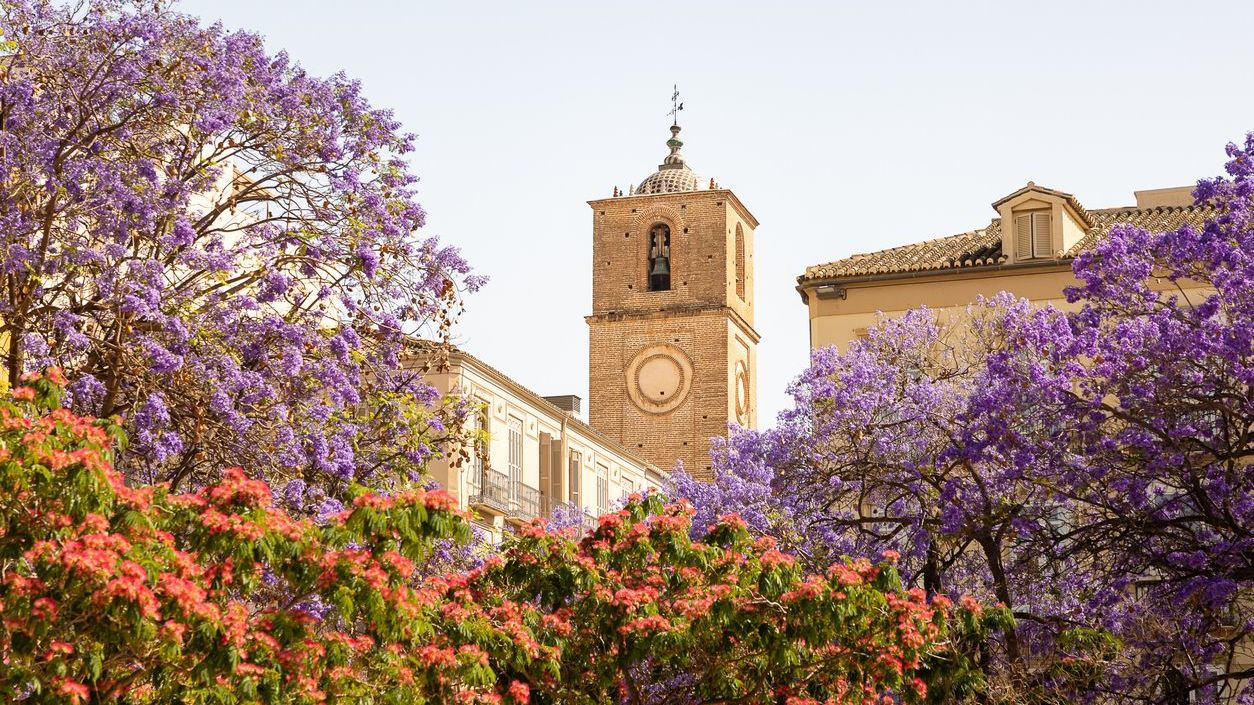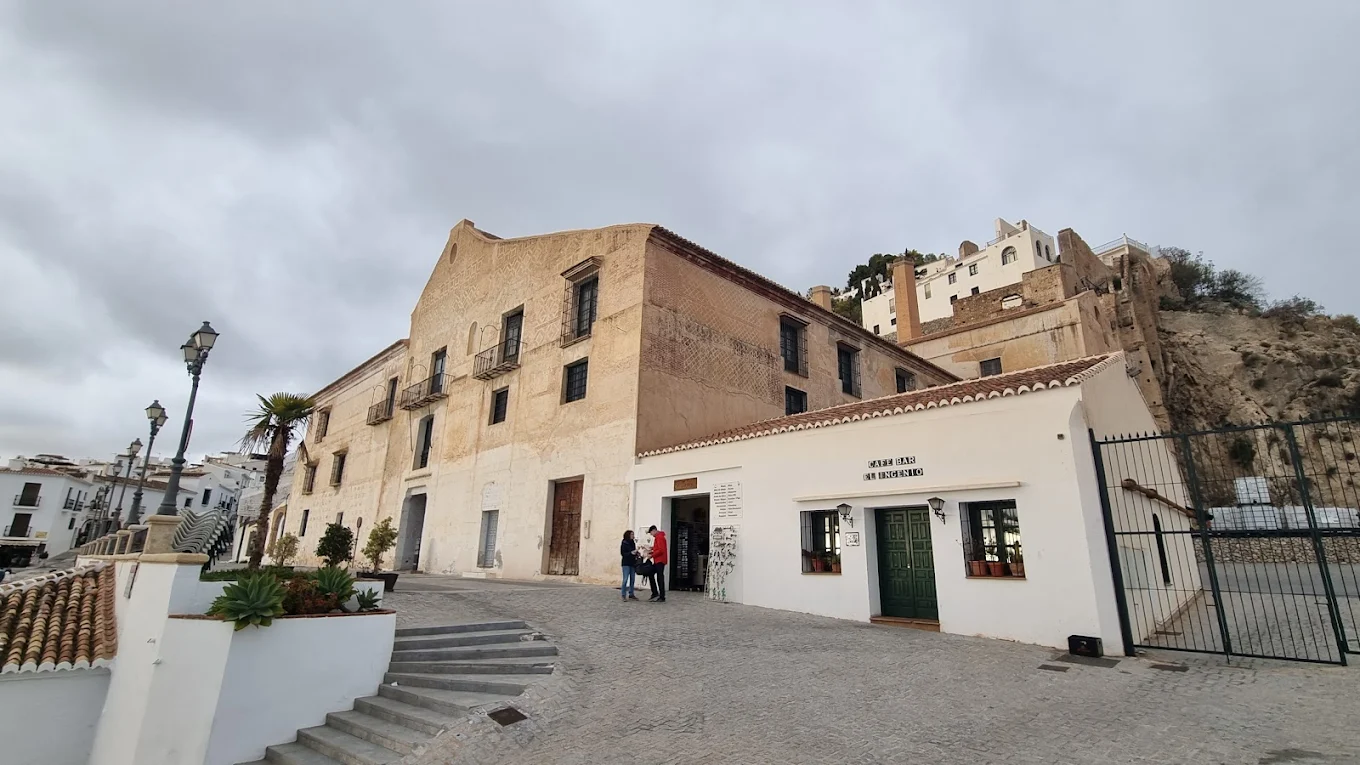The Costa del Sol (or Sunshine Coast) is aptly named for the 320 days of sunlight it gets per year. It’s no surprise, therefore, that millions of people flock to the beautiful southern coast of Spain every year, looking to spend their well-earned holidays enjoying sun, sand, and sea.
But the Costa del Sol has so much more than incredible beaches (although these are a massive pull factor). Primarily located in the province of Málaga, this region is also known for its whitewashed villages, friendly locals, delicious food, and stunning landscapes.
If you’re wondering what to see on the Costa del Sol, this guide will take you through its must-visit sights, from hidden coves and historic towns to unique attractions that showcase the best of this Mediterranean paradise.
The Essential Corners of the Costa del Sol
As we’ve mentioned, the Costa del Sol is much more than just a beach destination. It boasts a wealth of fascinating places that highlight its diverse character.
In the heart of Málaga, the Alcazaba and Gibralfaro Castle stand as reminders of the region’s Moorish past. These historic fortresses not only offer stunning panoramic views but also tell the story of Andalucía’s rich history.
Not too far away is another captivating site: the Cueva del Tesoro in Rincón de la Victoria. This sea cave, one of the few of its kind in Europe, holds prehistoric cave paintings and legends of hidden treasure, making it an exciting visit for history lovers.
Further along the coast towards the west, Marbella’s Casco Antiguo (Old Town) invites visitors to wander through its charming cobbled streets lined with whitewashed buildings, colourful flower pots, bustling bars, and lively squares like Plaza de los Naranjos.
For a more unexpected attraction, the nearby Estepona Orchidarium offers a lush botanical escape, home to over 5,000 plant species, including one of the largest collections of orchids in Europe.
Beaches and Coves That You Cannot Miss
Okay, we couldn’t write a blog about what to see in Costa del Sol without at least mentioning some of the beaches. There are just too many to fit into one post! That said, we’ve compiled a list of a few of our absolute favourites so you can be guaranteed a beach day to remember.
One of the most picturesque spots is Playa de Maro near Nerja in the east, a natural paradise with crystal-clear waters ideal for snorkelling and kayaking. In general, you’ll find that the beaches on the eastern part of the Costa del Sol are stonier rather than sandy, meaning the water is much clearer.
Another favourite is Cabopino Beach in Marbella. Unlike many of the more “urban” beaches which can be found in towns like Fuengirola, Cabopino Beach is surrounded by sand dunes and a protected natural park, making it perfect for those seeking a quieter escape.
For those looking for a more remote experience, El Cañuelo, near Nerja, is a pristine cove within a protected area, known for its unspoiled beauty and excellent diving spots.
In the capital, Málaga, Playa de la Malagueta is a great option for families or visitors who just want a convenient beach experience, close to shops and restaurants and with toilet and shower facilities. Sip on a cocktail in one of the many chiringuitos (beach restaurants) while you watch the sunset over the Mediterranean.

Charming Towns on the Costa del Sol
Beyond its coastline, the Costa del Sol is dotted with picturesque towns that capture the true essence of Andalucía and its rich culture. One such town is Mijas Pueblo, perched in the hills above the coastal town of Fuengirola. It’s a classic whitewashed village with breathtaking views, artisan shops, a lively main square with frequent spectacles, and a historic bullring.
Benahavís, set slightly inland, is famous for its outstanding gastronomy, making it a must-visit for food lovers. The town is packed with world-class restaurants serving everything from traditional tapas to gourmet cuisine.
Meanwhile, Ojén is the perfect choice if you’re looking for a mix of mountain and coastal scenery. This small village of just 3,000 inhabitants has quiet streets, welcoming locals, and a relaxed atmosphere that feels far removed from the busier resort towns.
Recommended Activities and Experiences
If you’re looking for unique things to see on the Costa del Sol, there are plenty of experiences that go beyond the usual tourist trail.
One of the most fascinating historical sites is the Dolmens of Antequera, a UNESCO World Heritage Site featuring megalithic tombs that predate the pyramids of Egypt. These prehistoric structures offer an incredible insight into the ancient civilisations that once inhabited this part of the world.
Those with a passion for wine should consider a visit to the Ronda wine region, where rolling vineyards produce some of Andalucía’s finest wines. Many wineries offer tours and tastings, allowing visitors to enjoy spectacular views while sampling local specialities.
For animal lovers, Donkey Dreamland offers a heartwarming experience. This rescue centre and sanctuary for donkeys near Cala de Mijas has been operating since 2020 and has successfully rehomed over 50 donkeys. Visitors can appreciate the tireless work of founder Amaya and her dedicated volunteers through pre-booked tours and donkey walks available on their website.

Tips for Your Visit
To make the most of your time on the Costa del Sol, it’s worth considering a few practical tips.
- When to visit: The best time to visit is during spring and autumn when the weather is warm but the crowds are smaller, allowing for a more relaxed experience.
- Transport: Getting around is easiest with a car, as it provides the freedom to explore both the coastline and the picturesque inland villages.
- Try the local food: Food plays a central role in Andalusian culture, and trying local specialities is a must. Fresh seafood is a highlight, with dishes like espeto de sardinas (grilled sardines) being a staple at chiringuitos. Another regional favourite is ajoblanco, a cold almond soup that is perfect for warm days. For breakfast, our suggestion would be a tostada con aceite y tomate (toast with olive oil and tomato), with a zumo de naranja (orange juice) and a café con leche (a latte)
- Modify your eating times: Visitors should also be aware that Spanish dining hours are different from those in other parts of Europe, for example:
- Lunch is typically enjoyed around 2 pm, while dinner is often not served until after 9 pm.
- Between 5 and 7 pm is merienda. Locals would usually have a light meal to keep them going until dinner. This can be anything from a biscuit or piece of fruit to a sandwich or croissant, generally served with a hot or cold drink.
Why Visit the Costa del Sol
The Costa del Sol is so much more than sunshine. It’s got world-class beaches, delicious local food, welcoming locals, historic towns, and much, much more. In other words, there’s something here for every traveller.
When planning your accommodation, it’s important to find somewhere that’s comfortable and centrally located. For that, consider booking with At Home. Our handpicked selection of stylish apartments and luxury villas offers the perfect base for exploring the region, whether you prefer a seafront retreat or a charming home in a quiet village.









